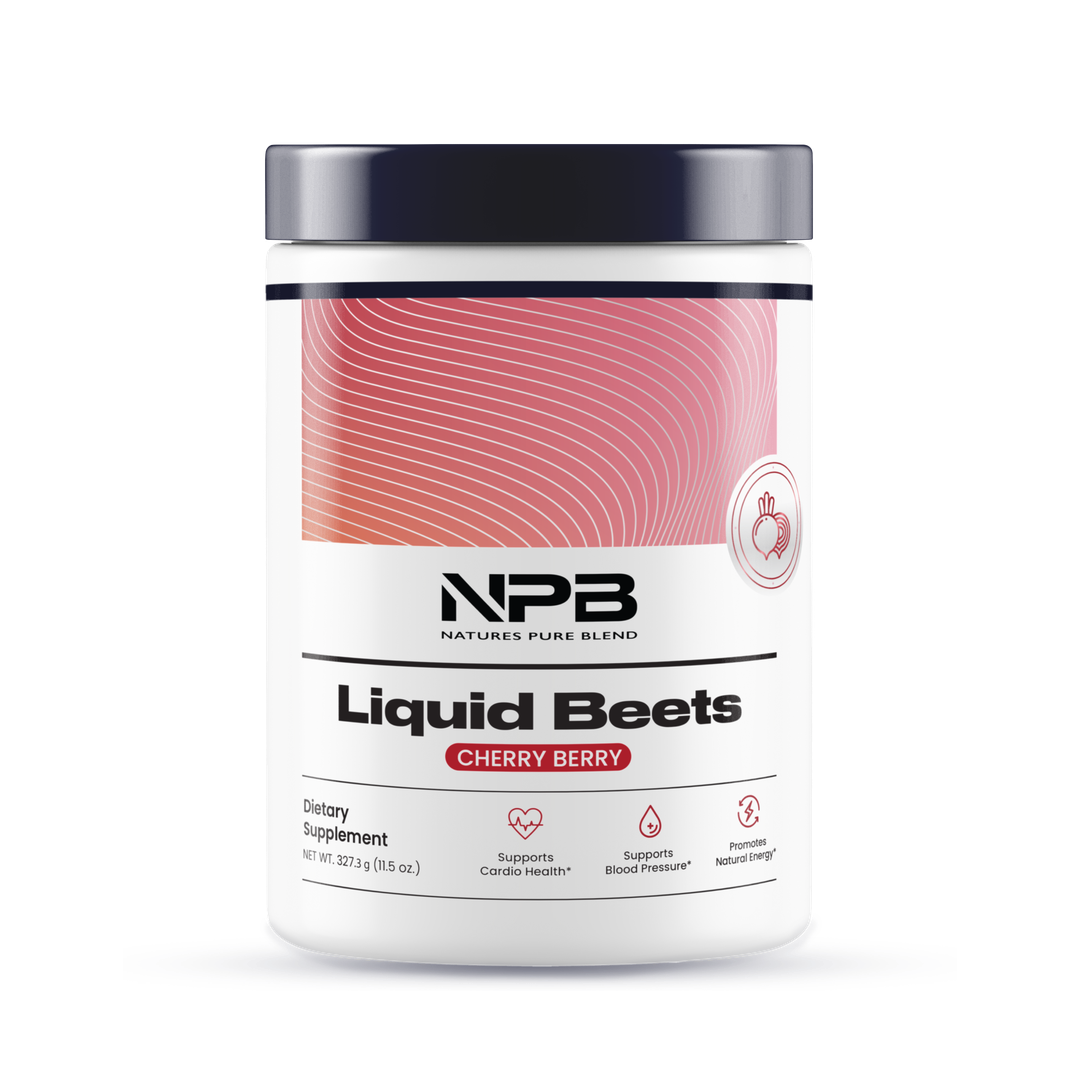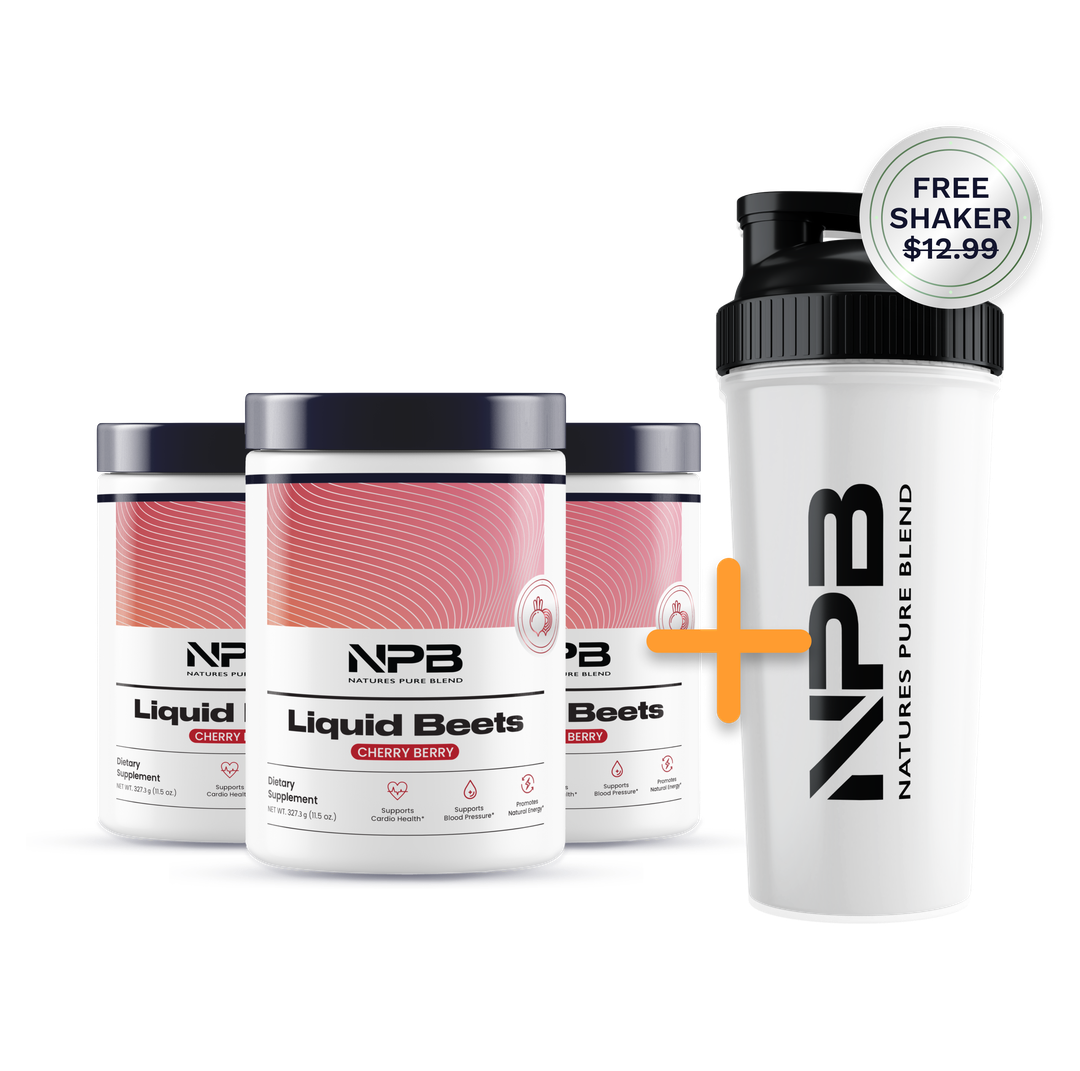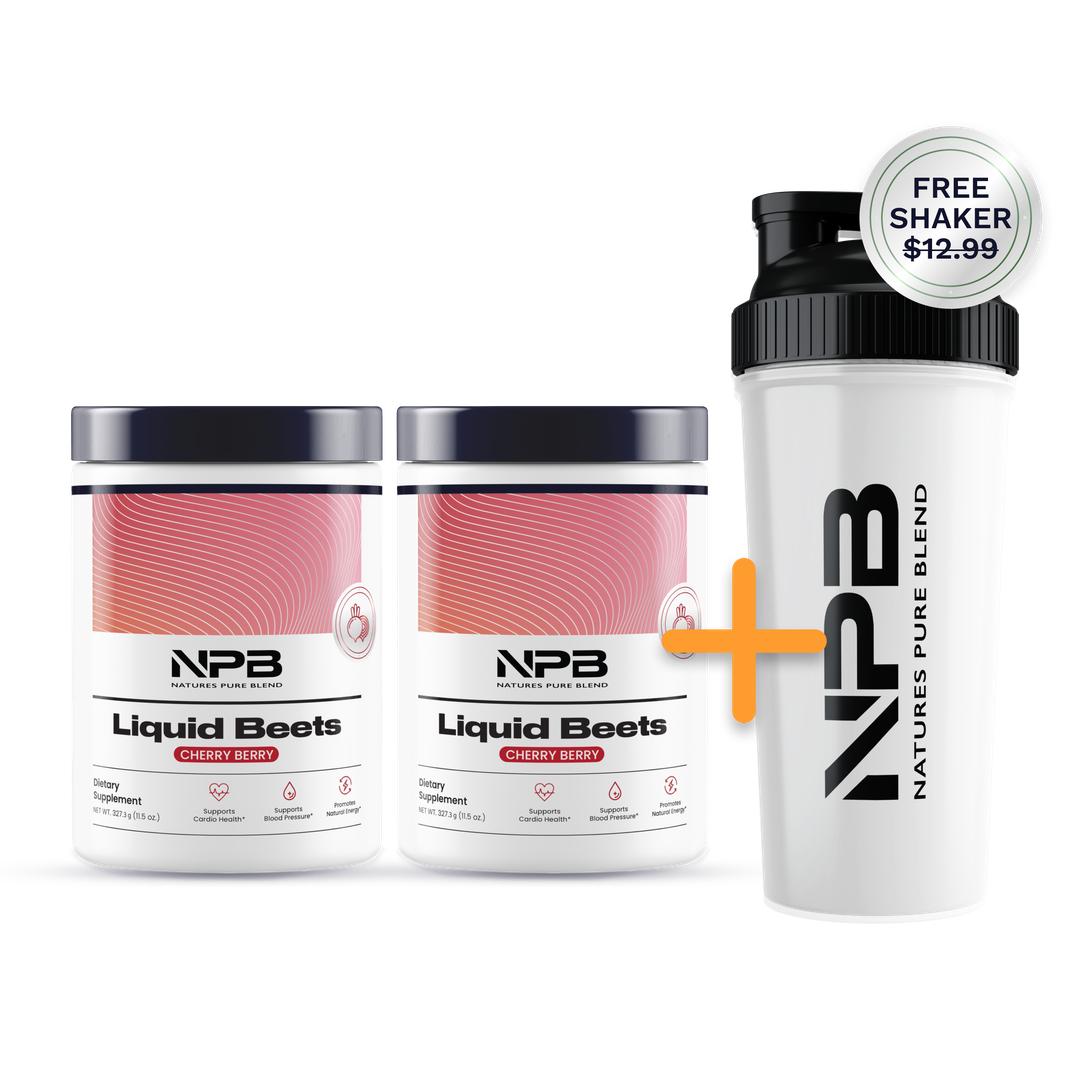Get Free Shipping On Orders $99+
Dietitians 5 Morning Tips For Healthy Blood Pressure
Maintaining healthy blood pressure is crucial for overall well-being, and your morning routine plays a significant role in setting the tone for the day. Dietitians suggest several simple but effective ways to start your morning that can help keep blood pressure in check. Here are five tips that can help you start your day on the right foot:
1. Drink a Glass of Water
“After an overnight fast, rehydrating your body can help to support healthy blood volume and circulation,” explains Erin Palinski-Wade, RD, CDCES, a registered dietitian and certified diabetes educator. “Adequate hydration keeps your blood vessels functioning optimally and helps prevent spikes in blood pressure.”
Trista Best, M.P.H., RD, a registered dietitian with Balance One Supplements, adds, “Hydration is key for ensuring blood flows smoothly through your arteries. Proper hydration maintains blood volume, which is essential for steady blood pressure.”
In fact, a study found that people with hypertension had lower levels of total body water compared to those with normal blood pressure, highlighting the importance of hydration in maintaining healthy blood pressure levels. So, start your day with a glass of water. It will help replenish fluids and support healthy blood pressure. 1
2. Take a Brisk Walk
Whether it’s a stroll around the block or walking your dog, a morning walk does more than just set a positive tone for your busy day. Research has found that walking may also help improve blood pressure. The reason? “Cardiovascular exercise helps to strengthen your heart muscle and improves its efficiency, which can boost cardiovascular fitness and help to lower resting blood pressure,” says Palinski-Wade.
A study found that even moderate-intensity exercise like walking can reduce systolic blood pressure by 5-10 mm Hg, significantly improving overall cardiovascular health. 2
3. Manage Stress
According to the American Heart Association, managing stress may help lower levels of stress hormones. That can make it a helpful strategy for keeping your blood pressure in check. “Spend five to 10 minutes doing deep breathing exercises or meditation to reduce stress and lower cortisol levels,” says Best. What makes them so effective? “Practices like deep breathing or meditation activate the parasympathetic nervous system, promoting relaxation and reducing stress hormones like cortisol,” explains Palinski-Wade.
The National Institutes of Health supports this by recommending relaxation techniques such as deep breathing and yoga to reduce stress, which can lower blood pressure. A study concluded that stress reduction techniques like mindfulness meditation significantly lowered both systolic and diastolic blood pressure. 3, 4
4. Eat a Heart-Healthy Breakfast
Starting your day with the right nutrients is essential for maintaining healthy blood pressure. “A balanced breakfast rich in fiber, potassium, and magnesium supports cardiovascular health,” says Palinski-Wade. She recommends avocado toast on whole-grain bread as an excellent breakfast choice, as it provides a solid source of these important nutrients. For a fun twist, try some creative variations of your usual avocado toast to keep things exciting.
Equally important is avoiding foods that could raise your blood pressure. “Limit processed and packaged foods, which are often high in sodium,” says Best. “Excessive sodium can cause water retention and increase blood pressure, so aim to stay under 1,500 to 2,300 milligrams of sodium per day as recommended by health guidelines.”
To counteract the negative impact of sodium, try adding more potassium-rich foods to your morning meals. Potassium helps relax blood vessels and balances the effects of excess sodium. Bananas, dried apricots, raisins, and prunes are great sources of this mineral. Add a small handful of dried fruit or some sliced banana to your oatmeal, cereal, or yogurt, which also provides a good dose of potassium. 5, 6, 7
5. Avoid Caffeine Right When You Wake Up
Jumping straight into a cup of coffee can spike your cortisol levels. According to the American Heart Association, chronically high cortisol levels can increase the risk of developing hypertension in people with normal blood pressure within six to seven years.
Instead of reaching for that cup, hydrate first and hold off on your morning brew for 30 to 60 minutes after waking, suggests Best. However, if you just can’t start your morning without the taste of coffee, grab a cup of decaf to hold you over. Consuming caffeine first thing in the morning can increase cortisol levels, potentially leading to higher blood pressure in the long run. 8, 9
Conclusion
Starting your day with a healthy routine can help manage your blood pressure and set you up for long-term cardiovascular health. By following these expert tips—hydrating, getting active, managing stress, eating a heart-healthy breakfast, and avoiding caffeine right away—you can make meaningful strides toward maintaining healthy blood pressure levels. Try incorporating these habits into your mornings and feel the difference in both your blood pressure and overall well-being.
Support Lower Blood Pressure, Increase Circulation, & Improve Mental Clarity*
Join Our Community Of Health Lovers & Get Special Deals
Receive study-backed health tips, exclusive email deals, and more.
†Disclaimer: These statements have not been evaluated by the Food and Drug Administration. These products are not intended to diagnose, treat, cure or prevent any disease. Product results may vary from person to person.




